Last Updated
Protests have broken out this week in the Dominican city of Pedernales surrounding a new tourism development plan for the town of Cabo Rojo.
The “Tourism Development Master Plan for Cabo Rojo-Pedernales” was green-lit by president Luis Abinader in December 2021, stating that the project will radically transform the lives of citizens in the Pedernales province and beyond.

‘The plan calls for the development of tourism-related infrastructure in the town of Cabo Rojo, including the development of golf courses, electrical systems and botanical gardens over 38 million square meters of land. The public trust, Pro-Pedernales, has been hired to oversee the social and economic improvements the plan is set to make for the island’s citizens.
The plan is said to be the most ambitious ever government and real-estate project in the region, with six hotel chains (including Hilton, Marriot and AmResorts) approving the construction of their accommodations on the beach.
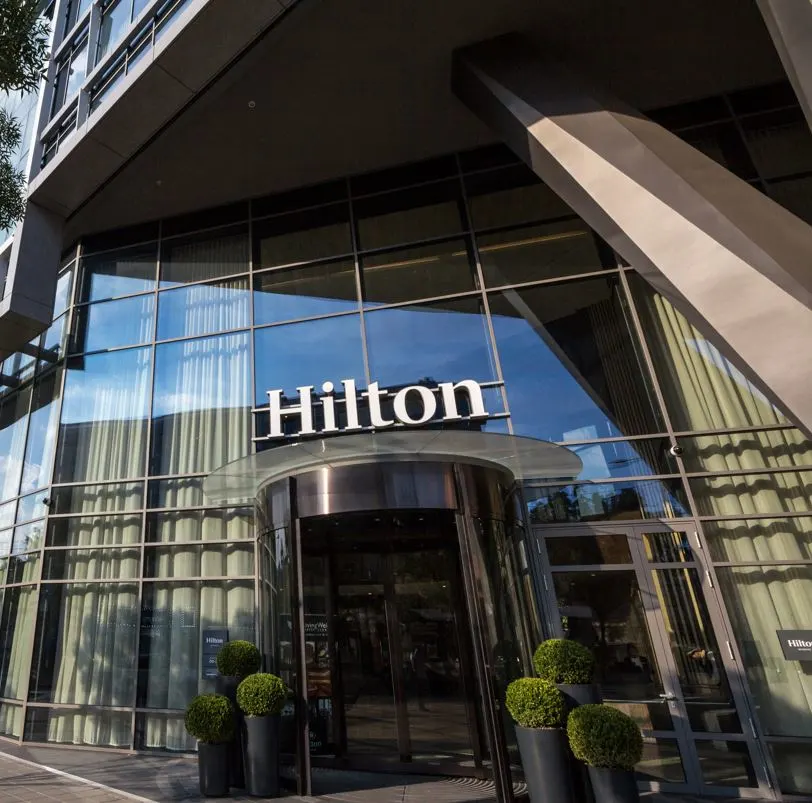
The plan will be split into four phases of construction, proposed over the course of 10 years. Altogether, the government has invested $2,245 million for 12,000 new rooms to be built in the town, with construction beginning this August. Upon the project’s success, there is potential for a cruise port to be added to Cabo Rojo to increase the amount of tourism in the region further, set to be fully operational by 2023.
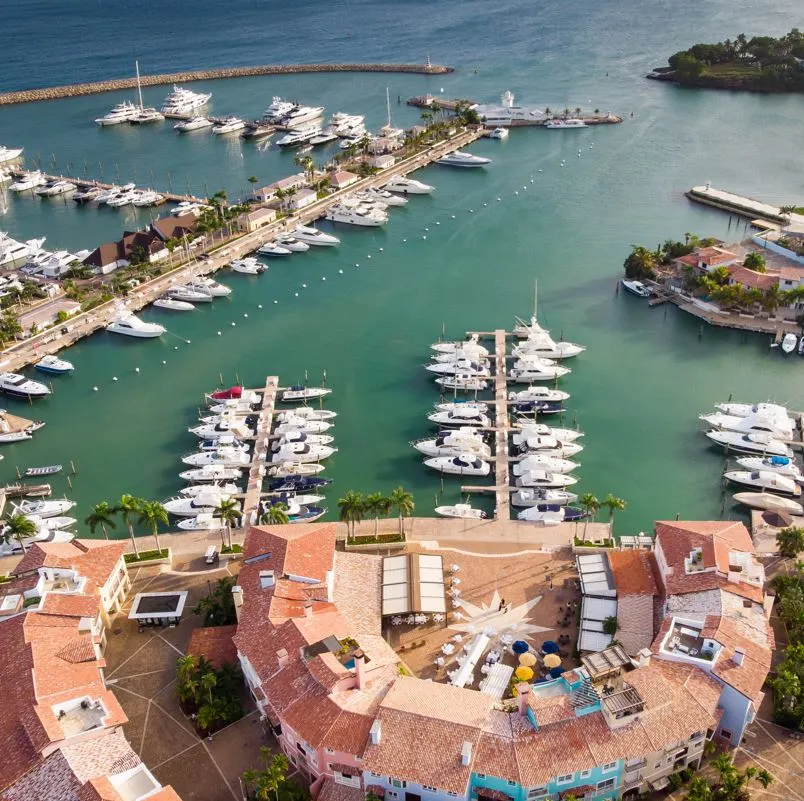
The expansion of the Pedernales-Cabo Rojo infrastructure has been seen as an attempt by the government to bring more tourism to other parts of the island. Currently, the largest tourism projects are concentrated in the eastern province of Punta Cana, famous for its beach resorts and hotels.
However, protests have arisen in the local population who have criticised the government’s lack of care about the environment and natural resources that Cabo Rojo has to offer.
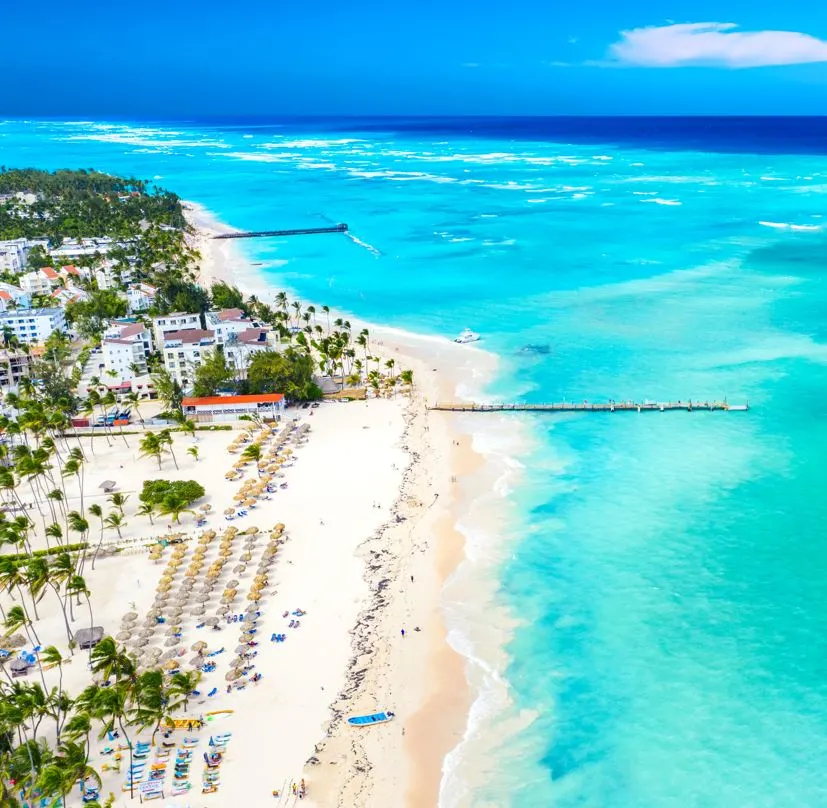
The new buildings will encroach on the Cabo Rojo beach, which is famous for hosting some of the Caribbean’s best-preserved coral reefs. Construction will also interfere with over 50 diverse animal and plant species found in Jaragua National Park, including the endangered Rhinoceros Iguana.
Those against the expansion of Cabo Rojo as a tourist haven have expressed their fears over the Dominican government turning a blind eye to developers building over more of the natural environment than is allowed.
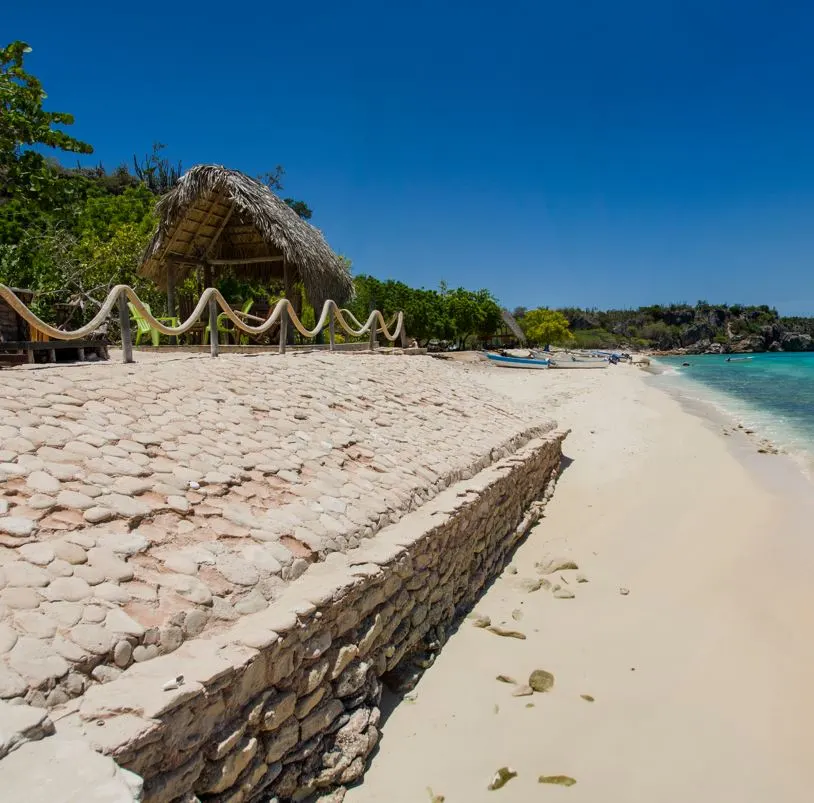
Currently, 68% of the Dominican Republic is declared a protected area, with the percentage growing smaller each time new architectural developments take place on the island.
Some Dominican citizens came out in support of the project earlier this week: one government supporter held up a sign that stated “Cacti, Mesquite and Guasábaras are not above Man”.

Whilst the development plan is set to cause long-lasting environmental degradation for the region, the Dominican government have revealed that all luxury hotels must be run by sustainable or renewable energy to offset this damage.
Sigmund Freund, the executive director of the General Directorate of Public-Private Partnerships for the project has stated that the new luxury tourist destination will be the first one in the Caribbean both “developed from scratch” and “based on sustainable tourism’.
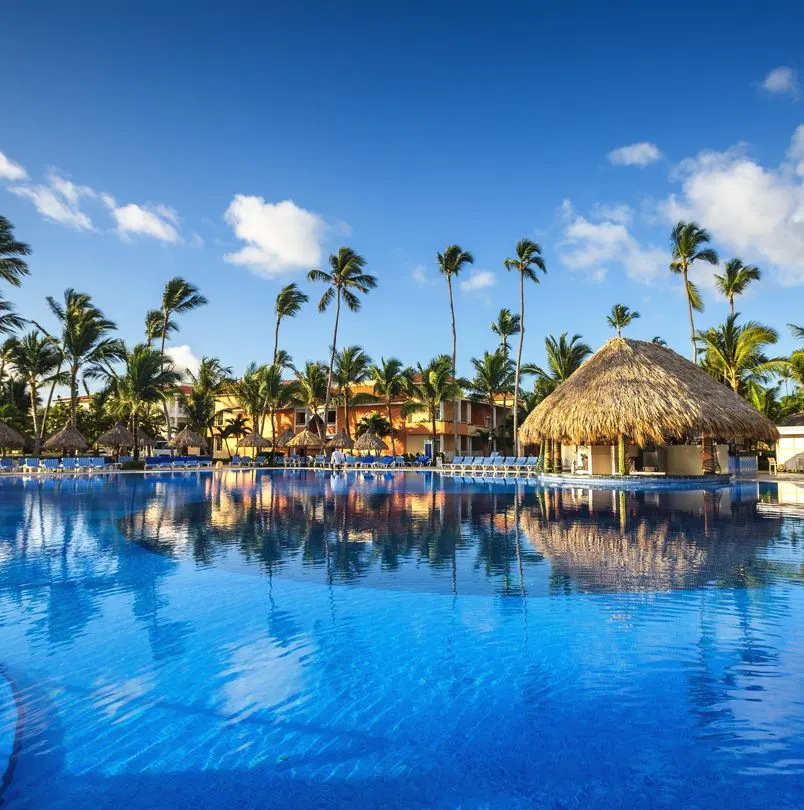
The project is also set to increase economic prosperity for the region, as it is responsible for the creation of 20,000 jobs directly and 50,000 jobs indirectly. Affordable housing for employees working on the project as well as Dominican citizens living in the Cabo Rojos area will also be constructed alongside the new builds.
Potential investors from Spain, Qatar and Mexico are thought to be interested in the project, which is due to be implemented this summer despite protestors’ worries about the environmental impact.
Plan Your Next Dominican Republic Vacation:
Traveler Alert: Don’t Forget Travel Insurance For Your Next Trip!
Choose From Thousands of Dominican Republic Hotels, Resorts and Hostels with Free Cancellation On Most Properties
↓ Join the community ↓

Subscribe to our Latest Posts
Enter your email address to subscribe to Dominican Republic Sun’s latest breaking news affecting travelers, straight to your inbox.
